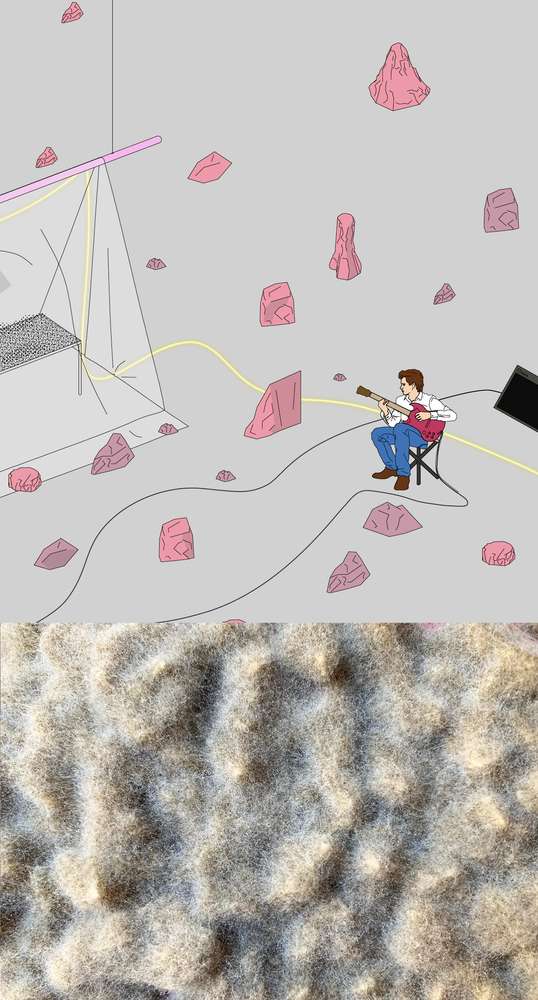A project by BUREAU with Walter El Nagar and Filipe Felizardo

“To be contemporary might just mean to re-learn how to dwell in instability, in uncertainty. Now that the notion of progress (or capitalist modernism) seems to be quite fragile and finally questionable, whatever was a solid given or truth is in its way to evaporation. The viral crisis that the world population is going through at this very moment confirms the volatility of a stable world as we have understood up to this day. The same crisis has called for, or reminded us the importance of a political attitude towards newly perceived paradigms. As much as they are not so recent, they seem to retain our attention at a global scale only these days, when the expression or visibility of the problem appears to be so important and clear that anyone denying it has very quickly gained a status close to idiocy (no need to name the few important figures of this group).
A political position is thus unavoidable. Politics need to enter, through new tools and new understandings many aspect of our everyday life.
Our attempt with this project for the Istanbul Biennale is a small contribution to that positioning through a design piece, an aesthetic vocabulary that has the ambition to integrate the critical thinking of intellectuals, scientists and artists that are and have been working on environmental and bio-political topics of the Anthropocene.
Our world is indirectly inspired by Donna Haraway’s String Figures (and other SF’s) and Bruno Latour’s Gaia world (after Lovelock and Margulis) but will constitute a design piece on its own, with its own internal logic and character.
The work will be a filmed performance of a meal preparation, responding, freely, to the format of the cooking show. It will be a cooking performance by chef Walter El Nagar in front of a small public. Accompanied by a live musical experimentation by Filipe Felizardo, chef Walter will perform cooking to work in and around decomposition and fermentation. The main ingredients and general framework for the performance will be directly derived from Anna Tsing’s Mushrooms at The End of the World.
During 30 to 40 minutes, Filipe will develop his series “A Conference of Stones” in the company of a mineral public. As he has stated it himself he will make an attempt to “become a smell” through his soundscapes.
A large cooking table will be the stage of the performance and will be specifically designed to constitute a landscape of living and inert Materia of all kinds. The end of the performance will be punctuated by a real meal where parts of the landscape will be able to be eaten. The film will navigate between landscape contemplative images and the cooking and music performative act.
The table, and thus the landscape will oscillate between living, growing, decomposition and composition and our relation, as human spectators, to this otherness that we observe, contemplate and integrate into our body as a symbiotic act. Walter will use fermentation and mushrooms as an essential ingredients of his chemistry. The idea that the matsutake mushrooms grow out of humanely destroyed or abandoned environments will be central to the cooking.
In terms of architecture and design, it will address indirectly the notion of reproduction and scale: how we work with models and miniatures to “represent” imagined worlds, how solid these representations are and how they can be part of our living experience as much as static representations of something to become. Somehow the installation can be also considered as a living 1:1 model.
The performance will take place at MAAT and will be a public event (with restricted number of people respecting sanitary restrictions). The public will remain silent during the performance, after which a more informal moment will take place eventually ending with a party.
The film will be edited after the material produced during the performance.
MUSH ROOMS is an attempt to acknowledge that we are multi-specifically connected, that what our body is less solid than we think, that the air that we breath is less unsubstantial than what we believe. And that we really exists by dwelling within these multiple states.”
Text by Daniel Zamarbide